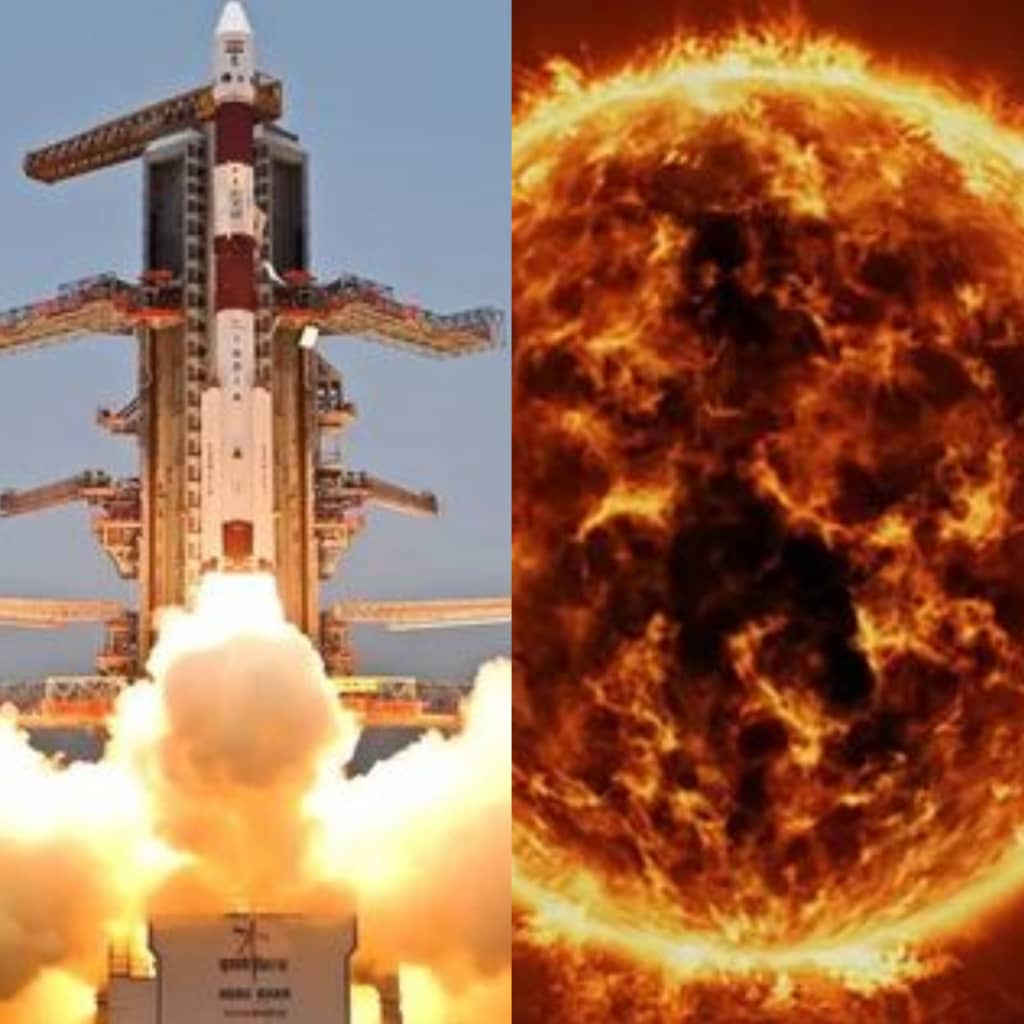Headlines
Aditya-L1: India’s first mission to the Sun is successfully launched

Just days after being the first nation to set foot close to the south pole of the Moon, India has launched its first observation mission to the Sun.
At 11:50 India time (06:20 GMT) on Saturday, Aditya-L1 launched from the launch facility at Sriharikota.
It will cover 1.5 million kilometres (932,000 miles) or 1% of the distance between the Earth and the Sun.
According to India’s space agency, the journey will take four months.
The name of India’s first space-based project to examine the largest object in the solar system comes from Surya, the Hindu sun god also known as Aditya.
L1 stands for Lagrange point 1, the precise location where the Indian spacecraft is travelling between the Sun and Earth.
A Lagrange point, according to the European Space Agency, is a location where the gravitational pull of two enormous objects, such as the Sun and the Earth, cancel each other out and allow a spacecraft to “hover.”
Aditya-L1 will be able to orbit the Sun at the same speed as the Earth once it reaches its “parking spot” This implies that the satellite will run on very little fuel.
A few thousand people gathered to watch the launch on Saturday morning at the viewing gallery set up by the Indian Space Research Agency (Isro) close to the launch site.
Additionally, it was live-broadcast on national television, where the pundits referred to it as a “magnificent” launch. The launch was successful, according to Isro experts, and its “performance is normal.”
Isro proclaimed it “mission successful” after one hour and four minutes of flying time.
Isro chief Sreedhara Panicker Somanath stated, “Now it will continue on its journey – it’s a very long journey of 135 days, let’s wish it [the] best of luck.”
As soon as Aditya-L1 reaches its goal, according to project head Nigar Shaji, it will help not only India but the entire scientific community.
Now, Aditya-L1 will circle the planet numerous times before being sent into L1.
This vantage point will allow it to continuously observe the Sun and conduct research, even when the Sun is obscured by an eclipse.
Isro has not specified the cost of the mission, however estimates in the Indian press estimate it to be 3.78 billion rupees ($46 million; £36 million).
The mission, he continues, will primarily contribute to advancing our knowledge of the Sun, the 4.5 billion year old star that is the centre of our solar system.
Just a few days prior to its solar mission, India had successfully landed the first probe in history close to the lunar south pole.
With that, India joined the United States, the former Soviet Union, and China as the only other nations to successfully complete a soft landing on the moon.
BBC
